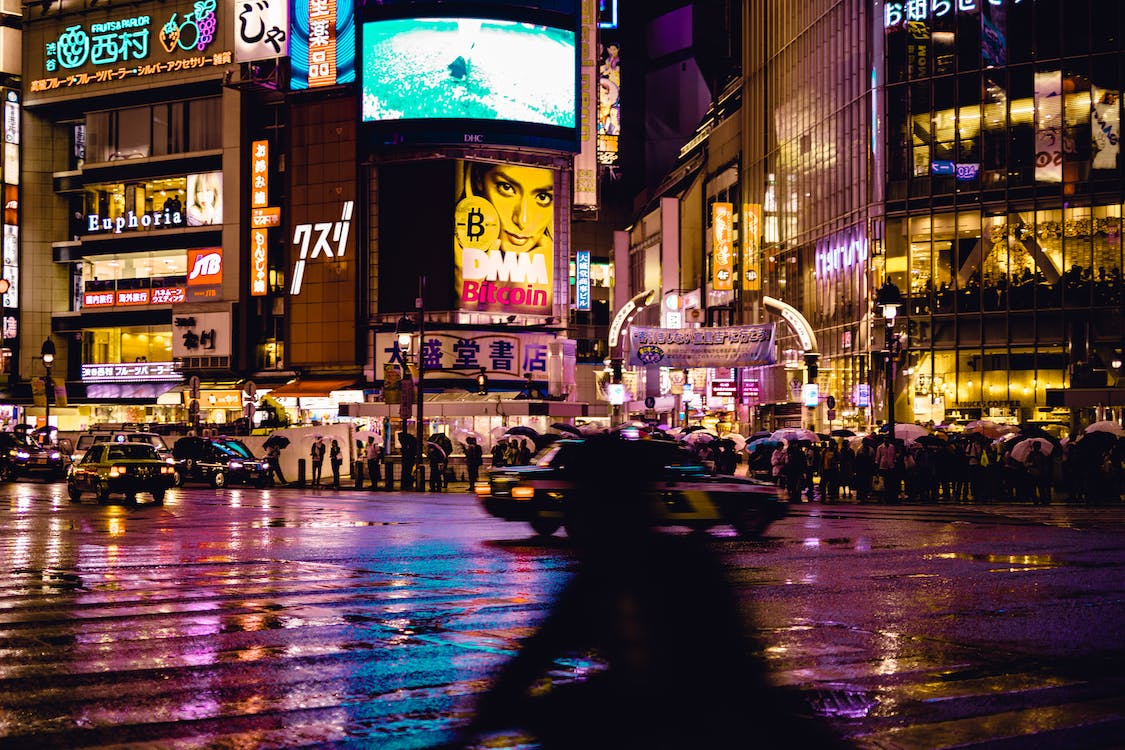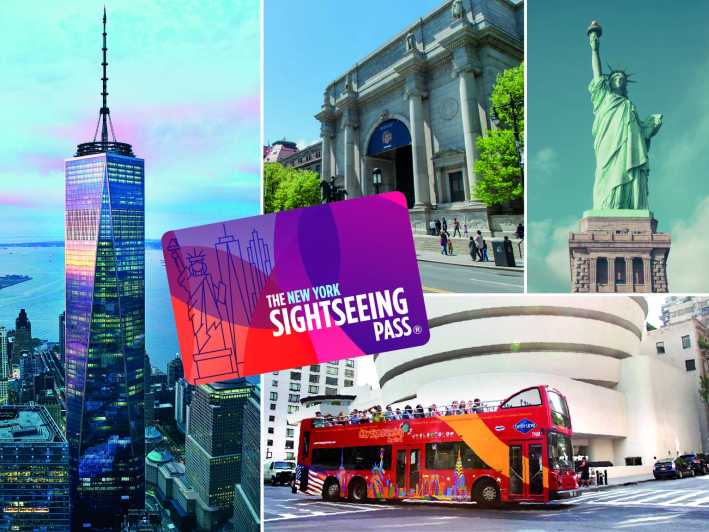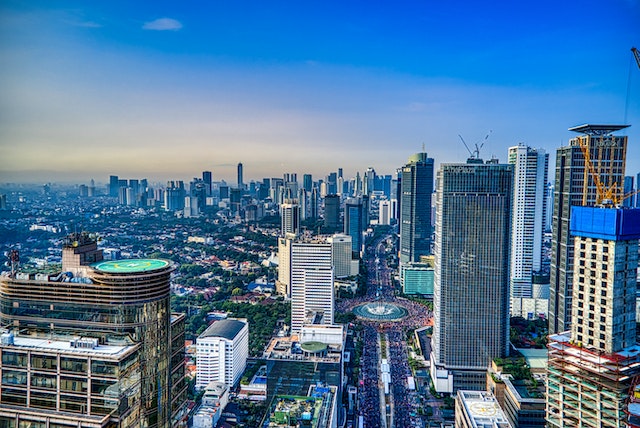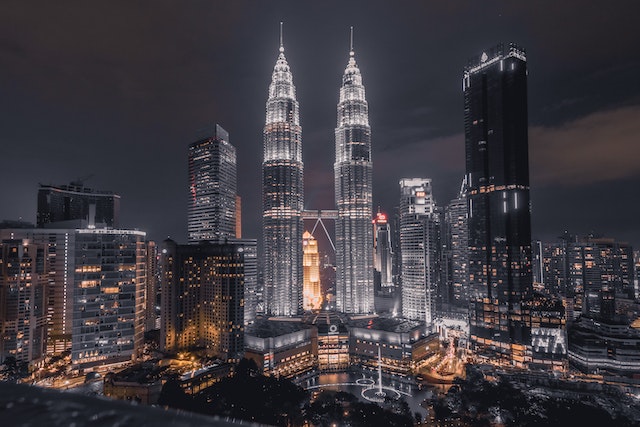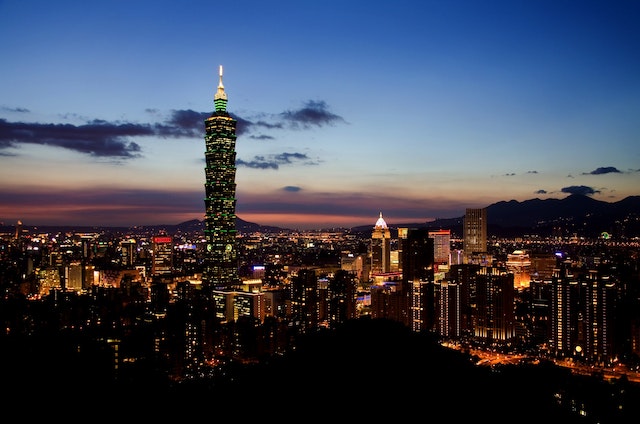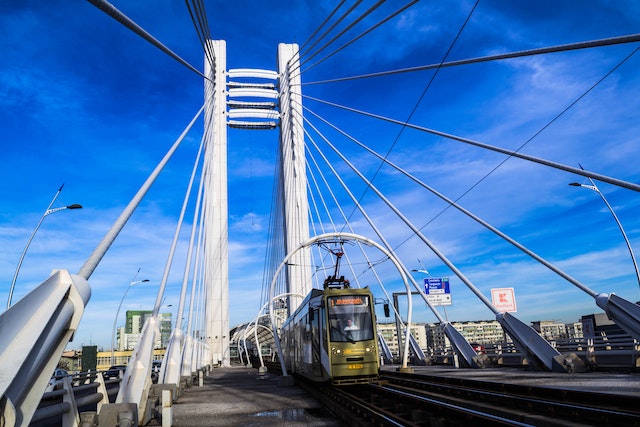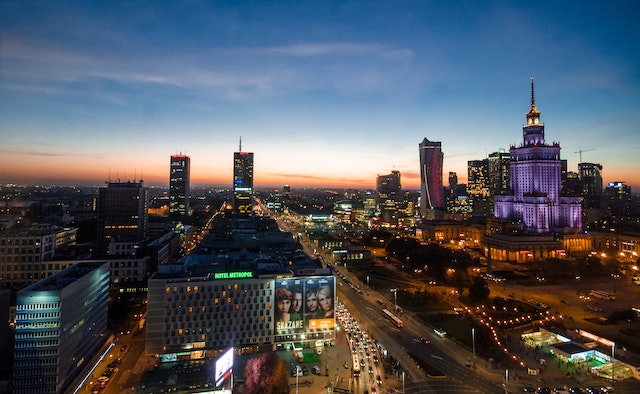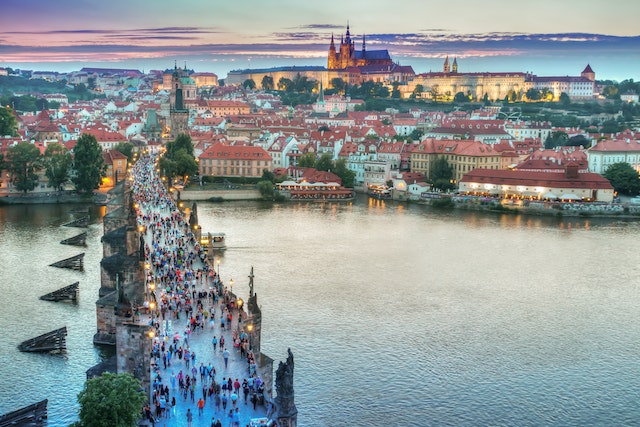Today, I want to share with you practical techniques, personal anecdotes, and insights to help you master the art of low-light photography and capture breathtaking nighttime travel shots. So, grab your camera, embrace the darkness, and let’s dive into the world of nighttime photography!
Embrace the Nighttime Atmosphere
Nighttime brings a unique and enchanting atmosphere to your travel photography. Embrace the darkness, the glow of city lights, or the mysterious ambiance of a starlit sky. The key to capturing stunning nighttime shots is to let the atmosphere of the night become an integral part of your photographs. Experiment with long exposures to capture the movement of lights or try photographing silhouettes against a colorful sunset sky. Let the night be your canvas, and paint it with the magic of your lens.
Use a Sturdy Tripod for Stability
When shooting in low-light conditions, a sturdy tripod becomes your best friend. It provides the stability needed for longer exposure times, ensuring sharp and well-defined images. Invest in a reliable and lightweight tripod that can be easily carried during your travels. It will not only enhance the technical quality of your photos but also open up a whole new world of creative possibilities in low-light settings.
Master the Exposure Triangle:
Understanding the exposure triangle—aperture, shutter speed, and ISO—is crucial for successful low-light photography. Start by selecting a wide aperture (small f-number) to allow more light into your camera. This helps capture details and create a shallow depth of field. Adjust your shutter speed accordingly to control the amount of light entering the camera. For handheld shots, keep it as fast as possible while avoiding camera shake. Lastly, find the right balance with ISO, but be cautious of introducing digital noise. Experiment and find the settings that work best for your desired aesthetic.
Experiment with Long Exposures
One of the most exciting techniques in low-light photography is long exposures. By using a slow shutter speed, you can capture the mesmerizing trails of car lights, smooth out water bodies, or create dreamy light paintings. Remember to use a tripod for stability, and consider using a remote shutter release or a timer function to prevent camera shake. Play around with different exposure times to achieve the desired effect and let your creativity soar.
Utilize Available Light Sources When shooting at night, take advantage of available light sources to add interest and depth to your photographs. Street lamps, neon signs, car headlights, or even the soft glow of the moon can become your subjects or light up your scene. Experiment with different angles, use them as leading lines or allow them to cast intriguing shadows. These light sources will not only illuminate your subjects but also create a captivating atmosphere in your nighttime shots.
Post-Processing for Enhancements
Post-processing plays a crucial role in bringing out the best in your low-light photographs. Use editing software to fine-tune exposure, adjust white balance, enhance colors, and reduce noise. Be mindful of maintaining a balance between realism and artistic interpretation. Aim for a natural and pleasing look while preserving the magical essence of the night. Post-processing is your opportunity to refine and elevate your nighttime shots, so don’t be afraid to experiment and let your vision shine.
Conclusion
Mastering low-light photography opens up a world of creative possibilities and allows you to capture the beauty and mystique of the night. Embrace the nighttime atmosphere, use a sturdy tripod for stability, master the exposure triangle, experiment with long exposures, utilize available light sources, and enhance your photos through post-processing. As you venture into the world of low-light photography, let your imagination guide you and allow the night to become your greatest source of inspiration. Happy shooting, and may your nighttime travel shots reveal the hidden beauty that awakens when the sun goes down!

